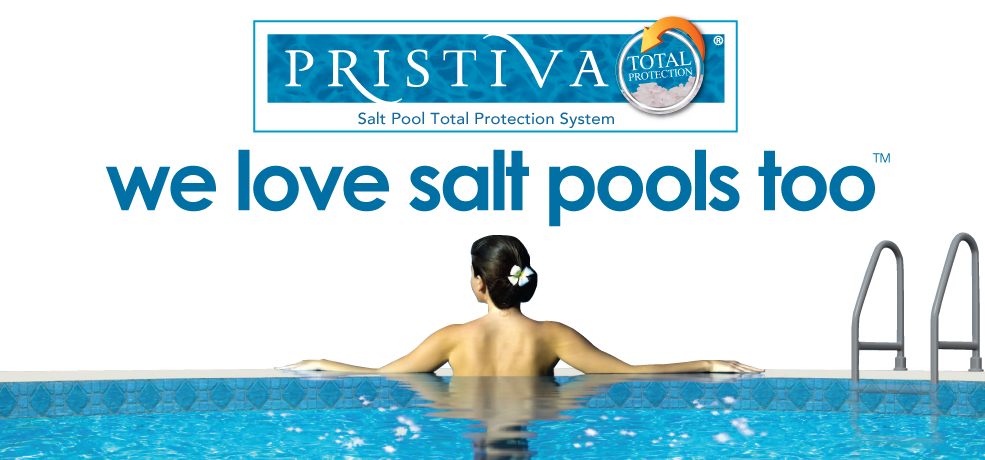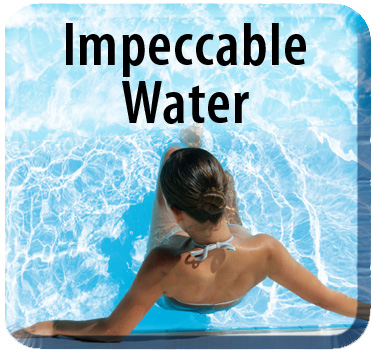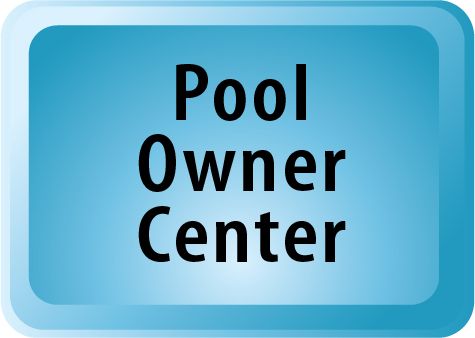Frequently Asked Questions > Salt Water Pool Operation > Why is chlorine still the most popular sanitizer/oxidizer for residential swimming pools?

Search the FAQ for entries containing:
Chlorine is by far the most utilized chemical in the world for sanitizing water supplies and protecting the public health. Chlorine is a very well understood chemical, it’s mechanisms of action are well documented and its success has been clearly established. Only chlorine has been shown to not only have rapid and effective killing of microorganisms, but also to be a strong enough oxidizers to destroy unwanted swimmer wastes. Because chlorines is so regularly used, simple, inexpensive test methods have been developed for measuring chlorine and are readily available for the pool owner.
Chlorine itself is commercially available in many different forms including inorganic or unstabilized chlorine (includes liquid chlorine and a granular chlorine called calcium hypochlorite). Chlorine is also available in compressed tablet and stick as well as granular forms that contain stabilizer to protect against UV radiation. Each of these sources of chlorine have their own set of advantages and disadvantages but they all have in common that they are used up and must be continually replaced or the pool will become unsanitized, cloudy and green.
Whatever the form that chlorine is when it is put into the swimming pool water, they all produce the same active form called free available chlorine. Free available chlorine is the work horse that kills microorganisms and oxidizes various types of waste. Thus, the actual source of the chlorine is far less important than having enough free available chlorine present. A 1-3 part per million (PPM) concentration has been shown to be the optimum residual quantity of free available chlorine that provides the best protection for bathers. A properly sized and maintained ECG with adequate salt levels in the pool will produce at least the 1-3 ppm residual required. This freshly produced chlorine does not however contain sunlight protection (stabilizer) so it is susceptible to sunlight degradation. For this reason, a stabilizer is added at infrequent intervals to maintain target levels of 60-80 PPM of stabilizer for salt water pools. The stabilizer, just like the salt is reused over and over so it does not have to be frequently added. Having the proper stabilizer level will help assure that your pool has a residual of active and available chlorine at all times to do its work without your ECG having to run continuously.




